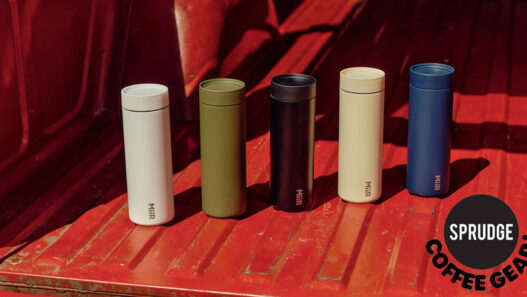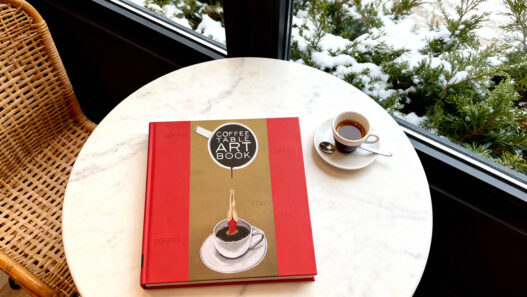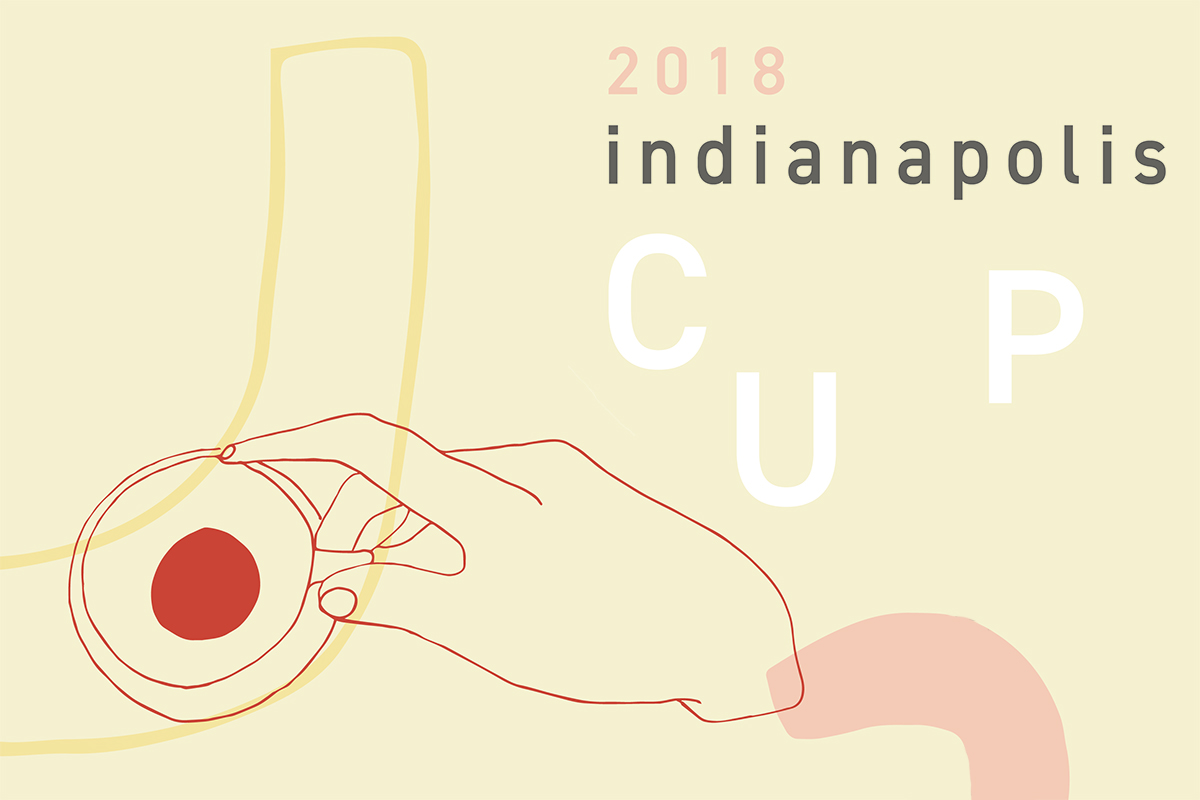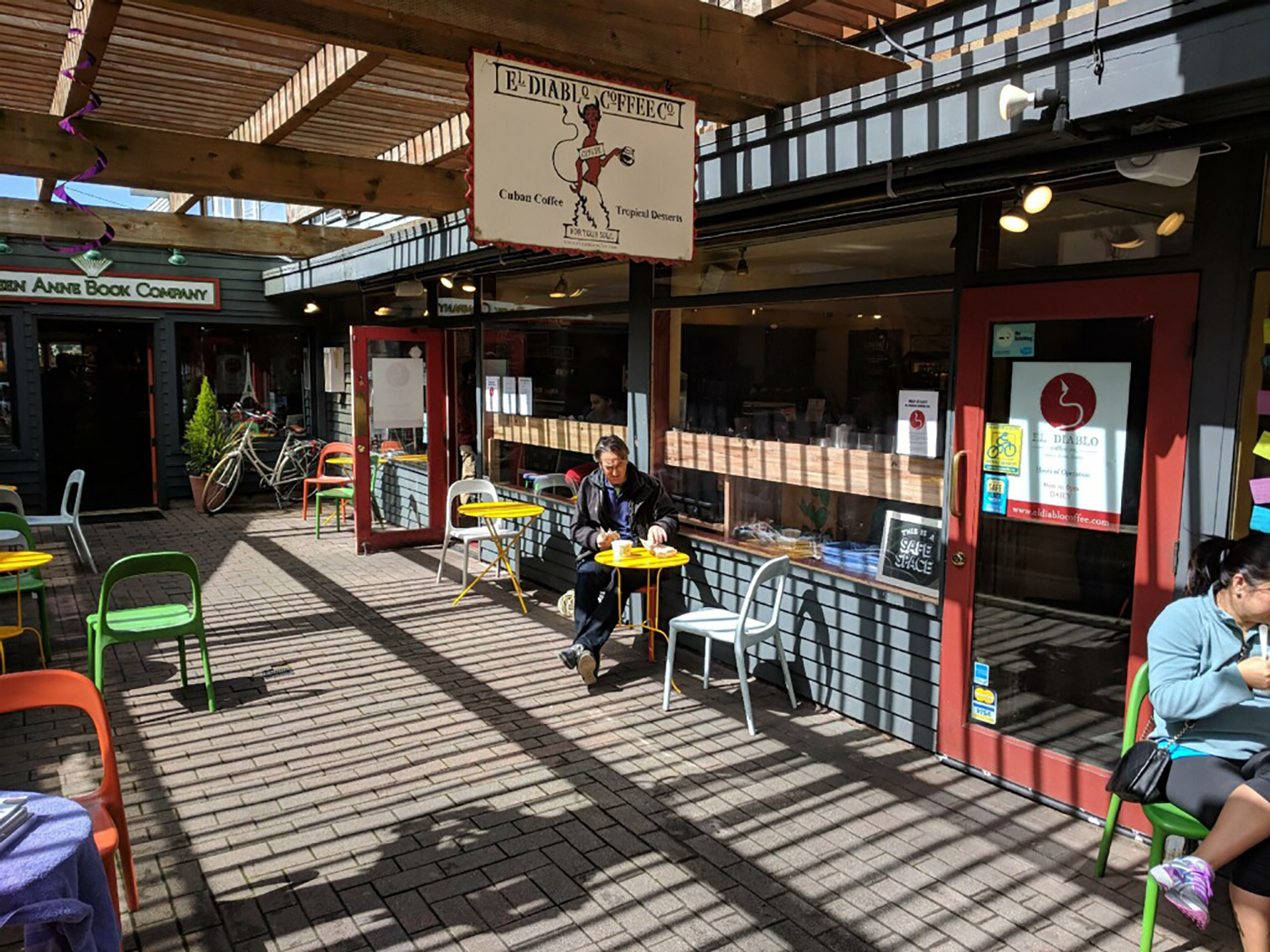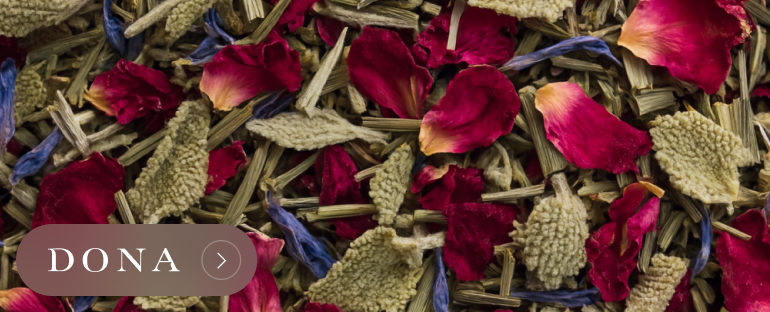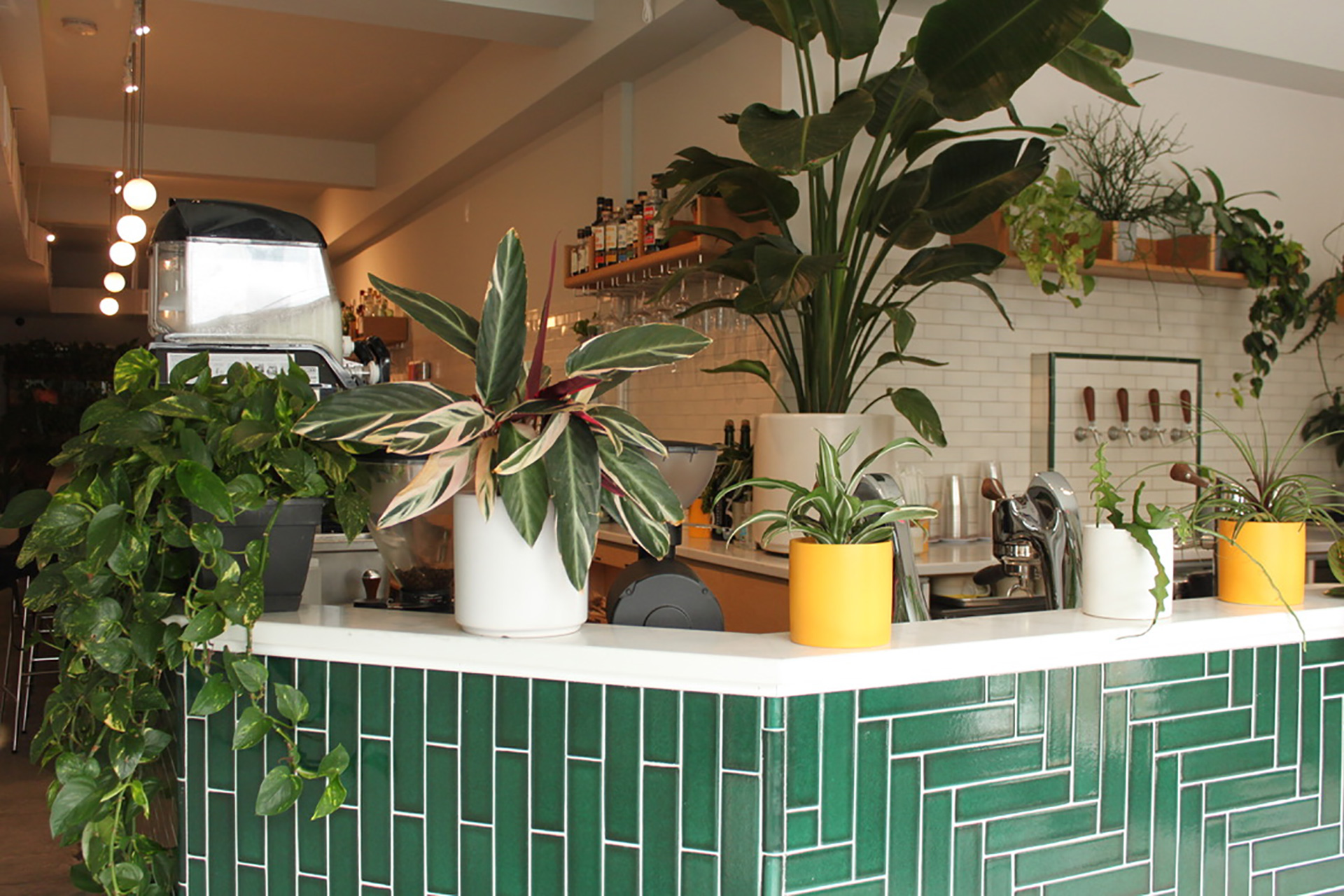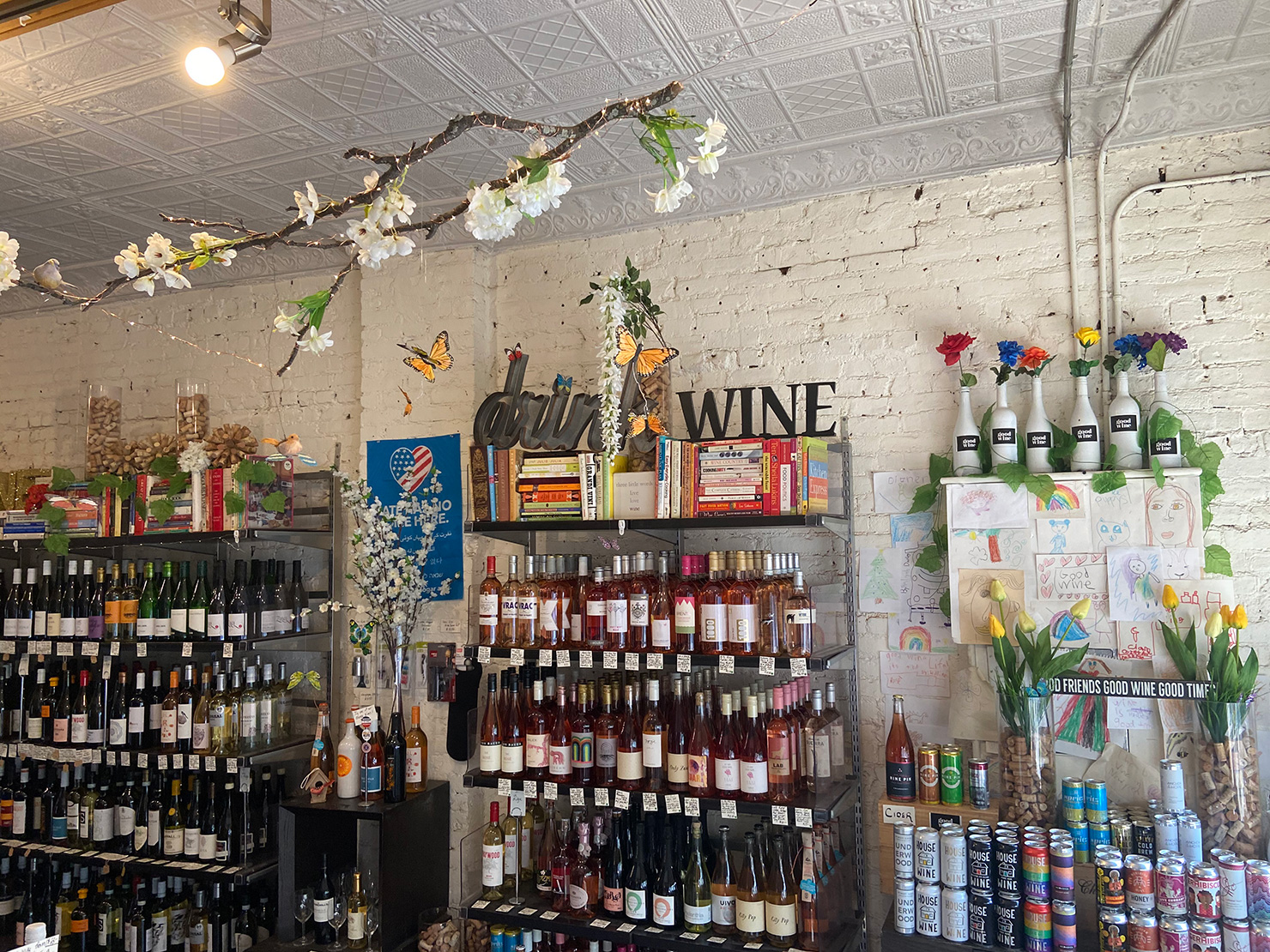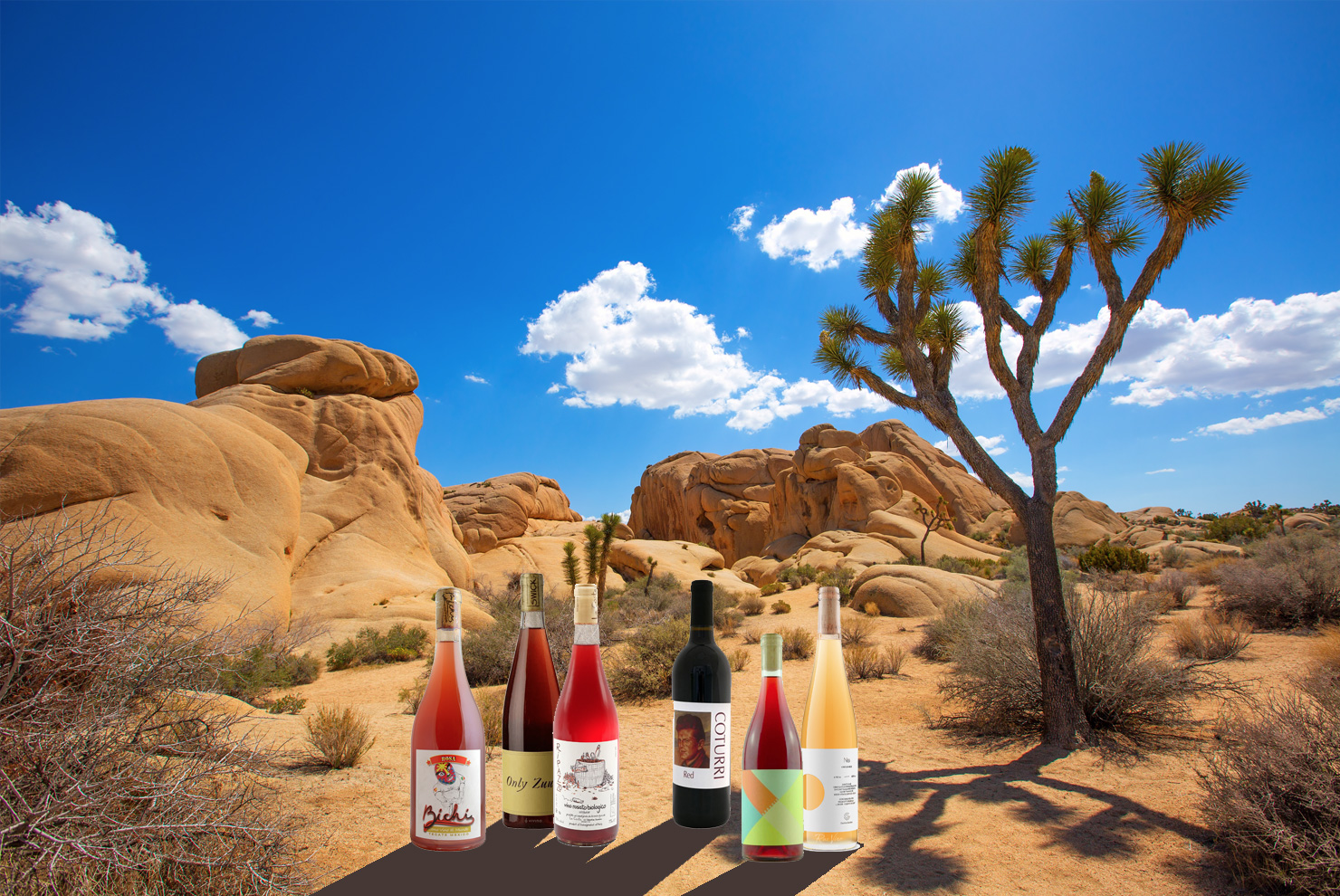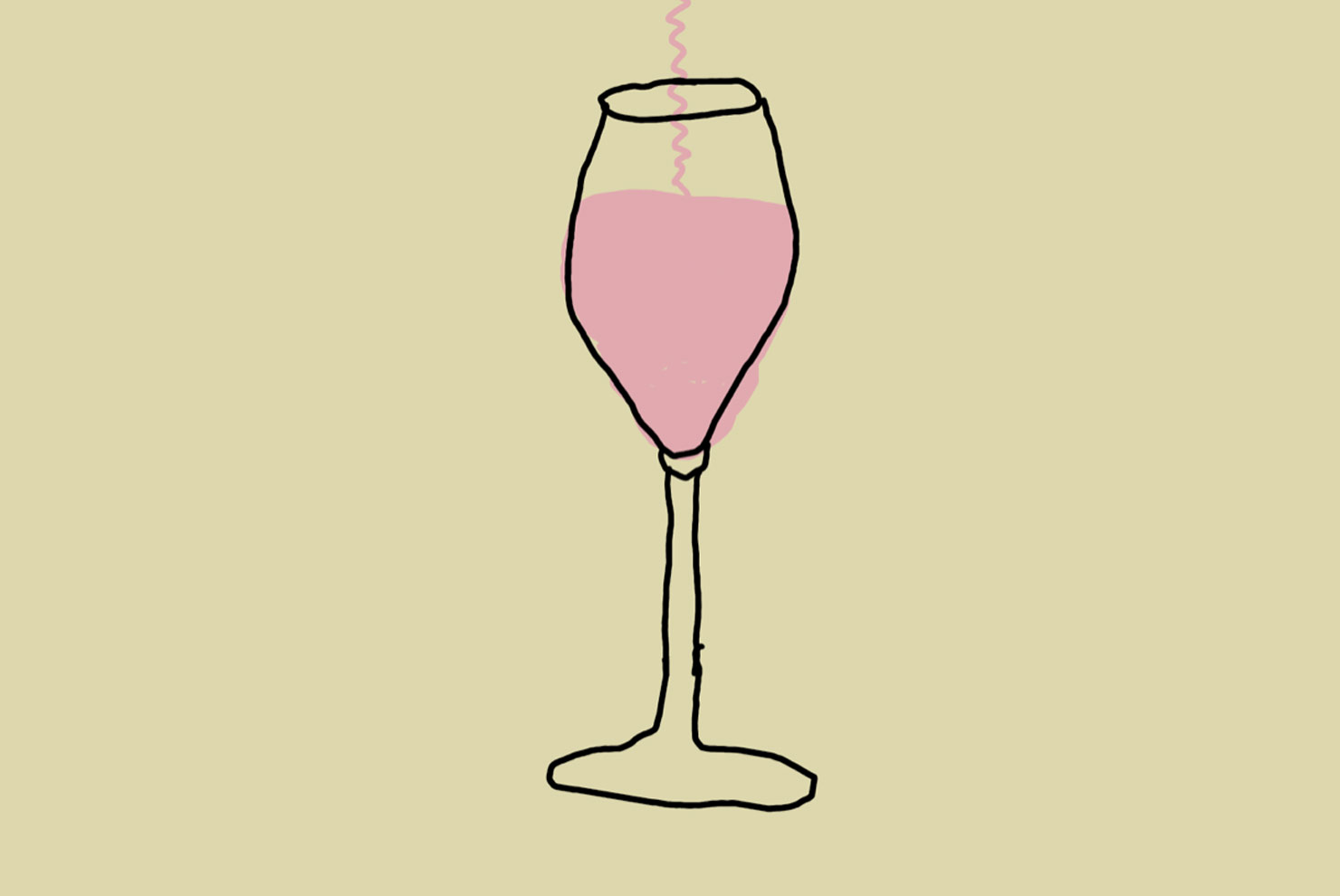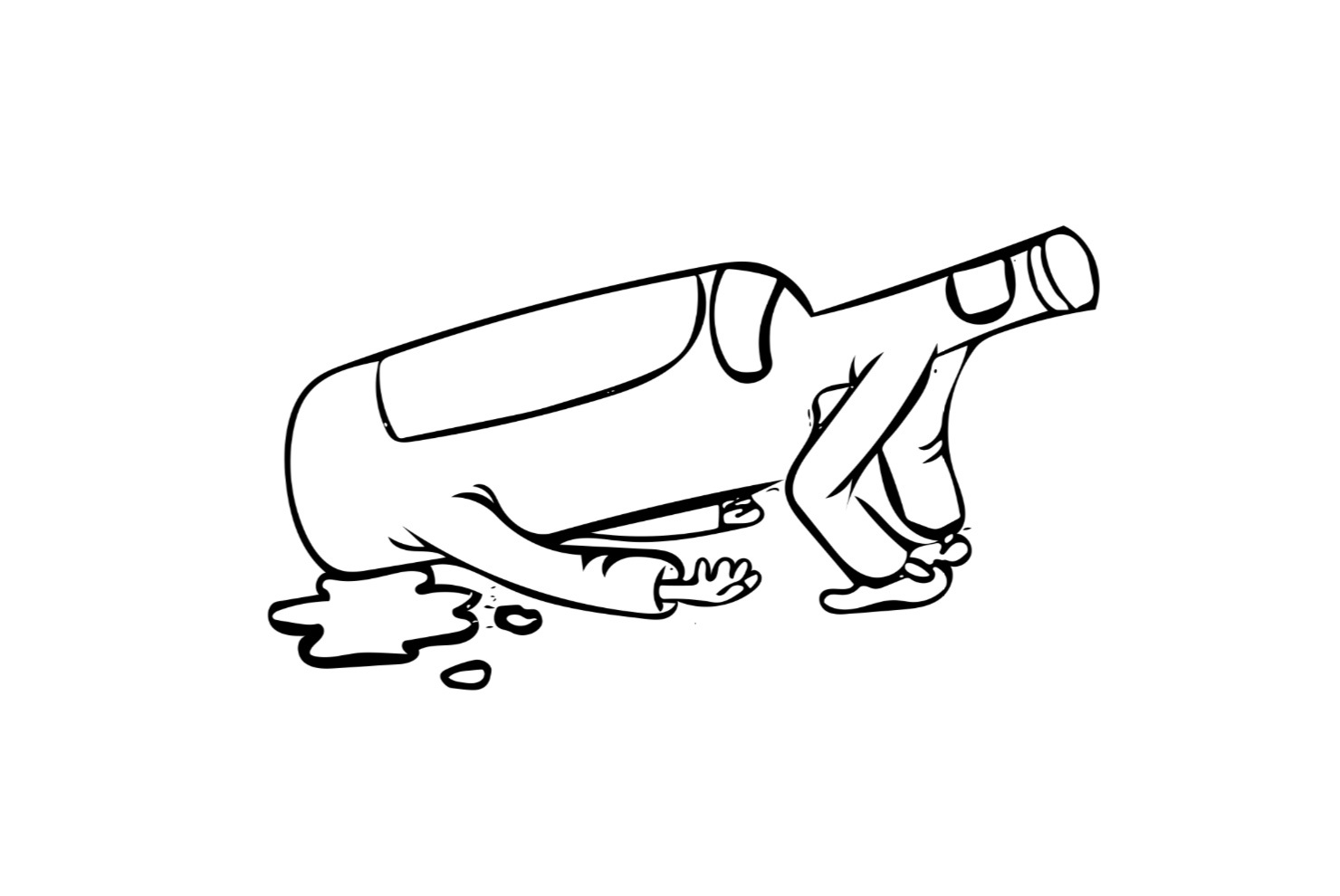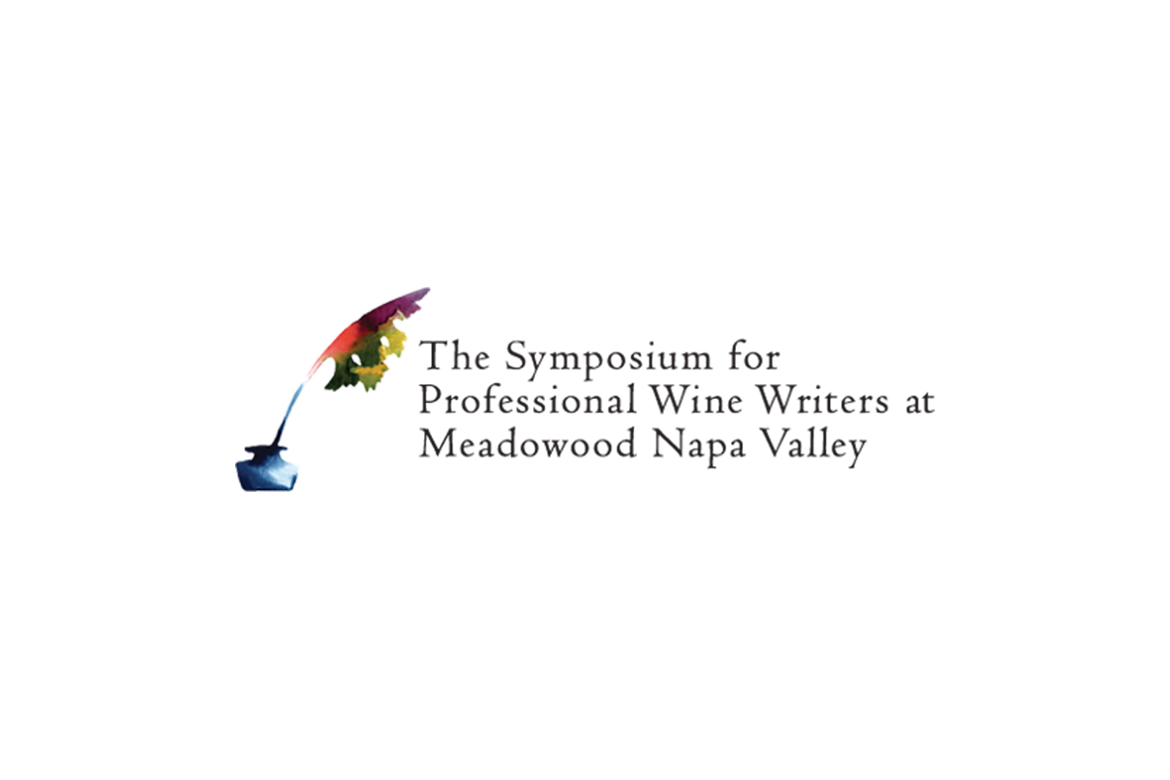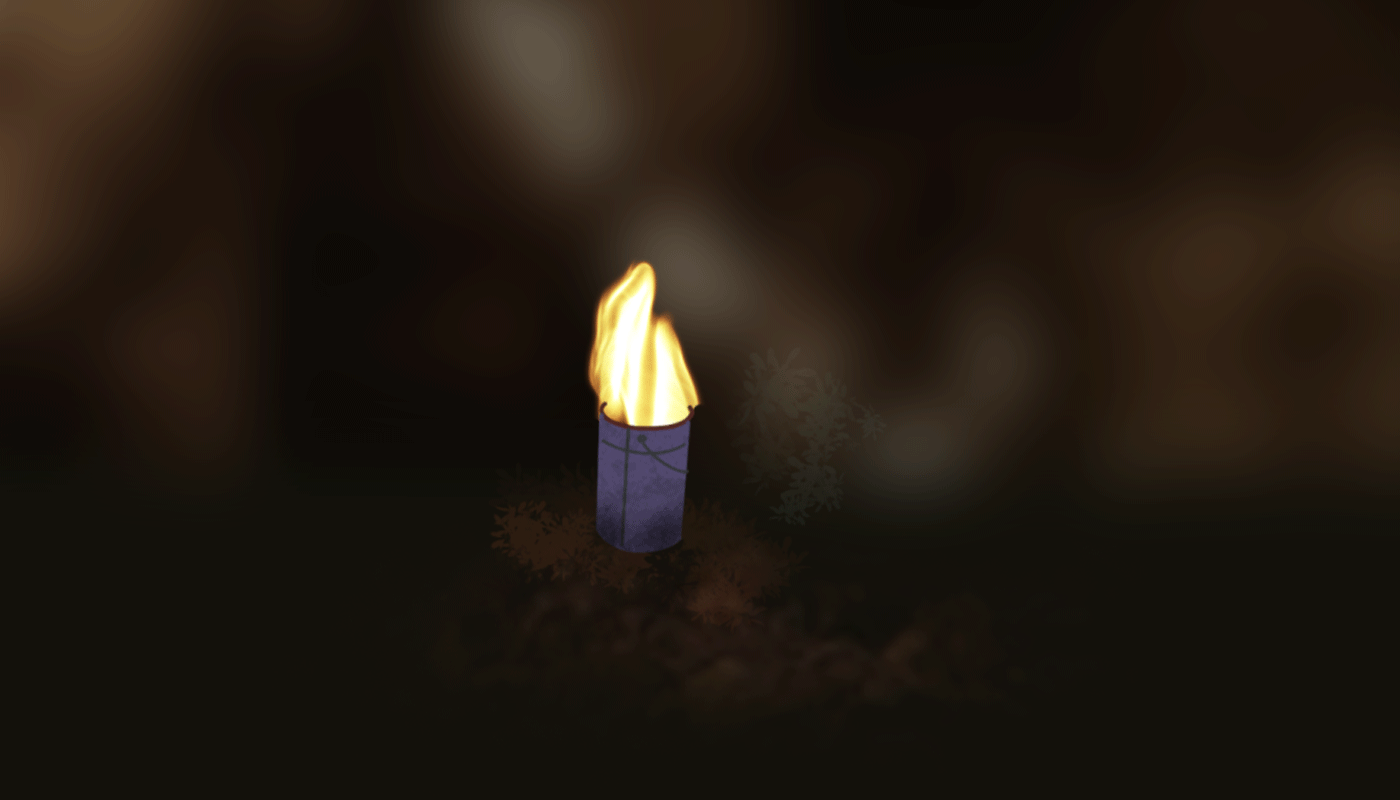The best restaurant in our village is located in what we refer to as “Pouillé Heights,” the municipality of our village located on a plateau overlooking the Cher valley. The peculiarity of this restaurant is that it isn’t a restaurant at all, but rather a house and the peculiarity of this house is that it isn’t just any house, but also the headquarters of La Domaine des Maisons Brûlées.
You can’t make a reservation at Restaurant Maison Brûlée, but if you’re lucky enough to know Paul and Corinne Gilet—who took over the 19 acres of Gamay, Pinot Noir, Côt, Pineau d’Aunis, Cabernet Franc, Cabernet Sauvignon, Menu Pineau, Chardonnay, and Sauvignon from Michel Augé in 2013—you may get an invitation to dinner.
Another way to get a place à table is to earn your meal ticket. All the work in the Maison Brûlées is done biodynamically and by hand and hoof (Dancer, the couple’s horse, is currently training to help out with working the soil and hauling crates during harvest). When the work in the vines requires additional help—during pruning season, for example—employées viticoles are treated to a gastronomic lunch break featuring everything from crispy pigs ears and homemade sauerkraut (a tribute to the couple’s Alsatian origins) and winter veggies like beets, onions, and potatoes cooked in the embers of freshly trimmed grapevine branches.
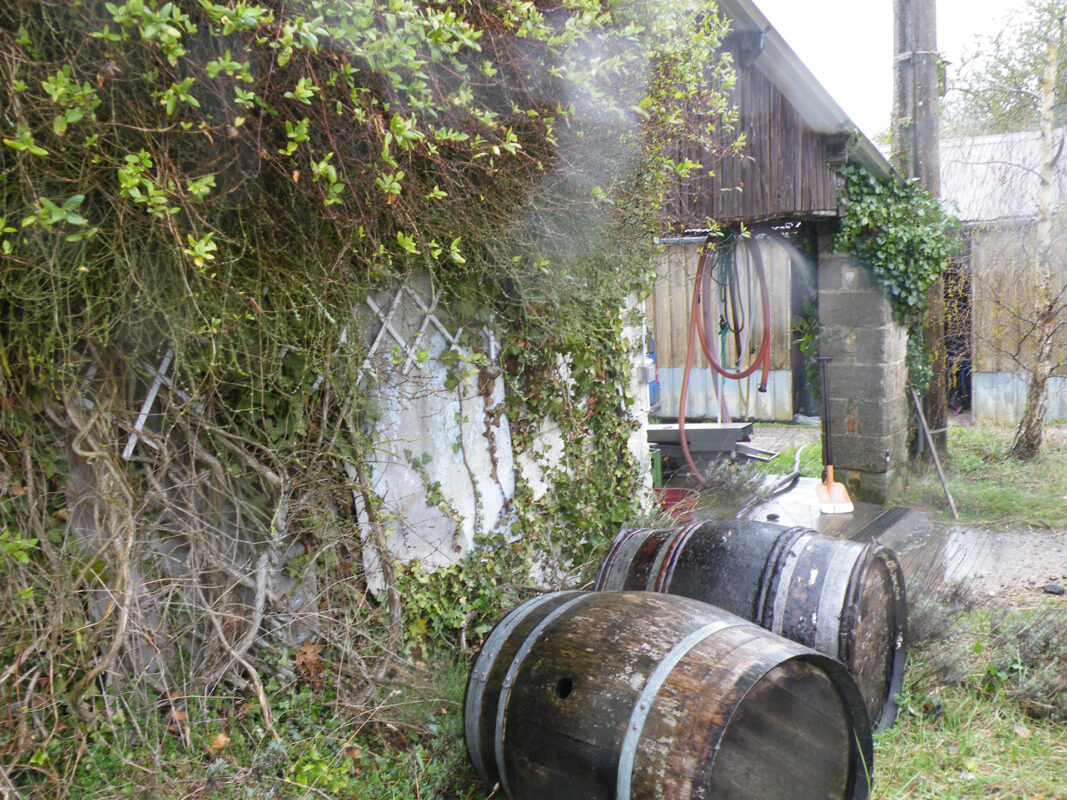
The Gilets have a gift for finding the natural beauty and inherent excellence in whatever environment or part of the world they find themselves. As owners of an épicerie fine in their native Mulhouse they stocked their shop with cheese, charcuterie, and oysters among other things, along with wine that reflected their appreciation for quality and terroir. This was in the early 2000s, when the term “foodie” had yet to be thrown around and products of similar quality were not easily found.
Between 2007 and 2011, when the Gilets were restaurateurs in Argentina, they offered guests a unique dining experience thanks to their ability to find products that the natives weren’t used to eating. The country is one of the biggest producers of morel mushrooms, but to their surprise they found that no one in Buenos Aires was eating them. The same was true for several other local products that were lost on the locals—notably hare, and much of the fresh seafood that was for some reason not seen on the city’s menus. The couple set out to fix that, creating a French-inspired bistro—and later a pop-up restaurant—setting using the freshest and most local ingredients. After introducing Argentinians to the largely unknown local specialties, the Gilets moved back to France with a new objective—instead of selling other people’s wine, they wanted to make their own.
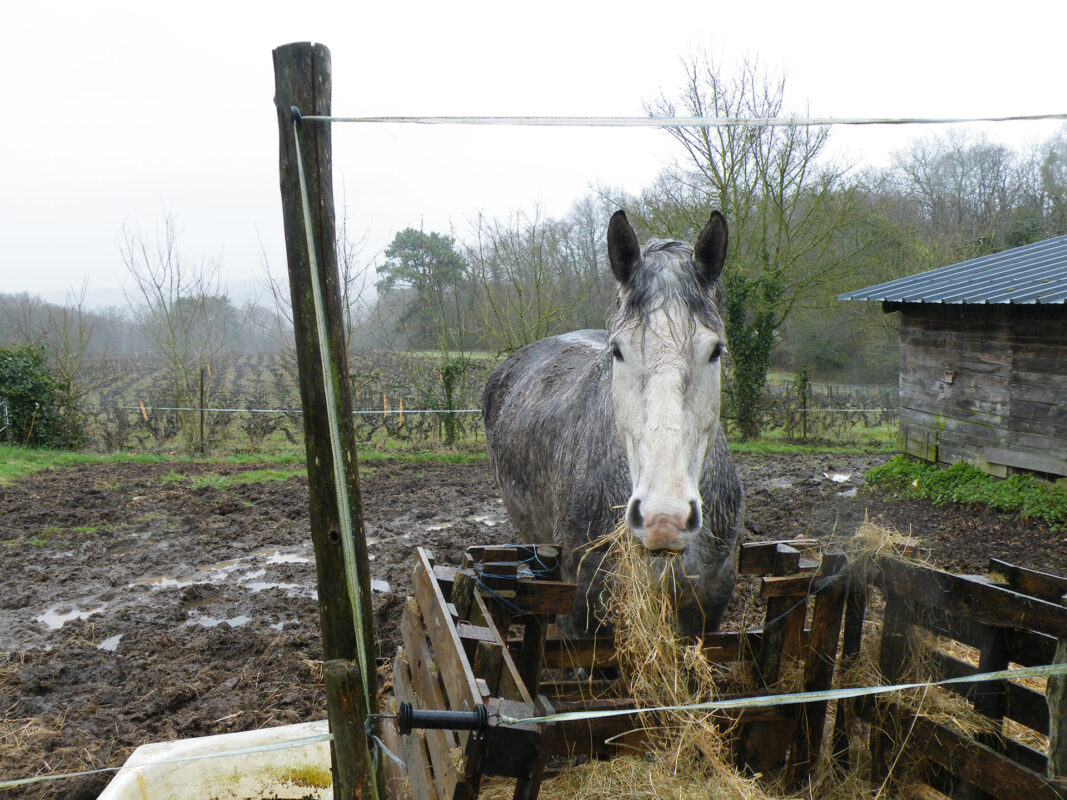
Paul Gilet worked for Michel Augé in 2012 after taking a yearlong winemaking course in nearby Amboise and interning with Alsace winemaker Bruno Schueller. The idea was that Gilet would work during the pruning season at Les Maisons Brûlées while looking for a domaine in the region to buy, but at the end of their time together, Michel—who wanted to retire—proposed that the Gilets take over his domaine. Corinne Gilet joined him in the vines and learned the intricacies of pruning, debudding, harvesting, and working the land as she went.
The first year’s harvest was hard, with vendanges tardives starting in early October (as opposed to a September start date which generally kicks off the season in the region). There was pressure to bring the grapes in quickly, particularly from Michel who was worried about the pair having a precarious première année—but the Gilets held fast to their intentions to harvest at maturity, even if it required meticulous sorting of grapes (waiting longer to pick often means accepting that some grapes will begin to rot on the vines) and brought with it the risk of volatile, vinegary wines.
The 2013 vintages were a success for the couple and were well-received when presented at the first tastings. The full fruit and juicy ripeness resulting from the mature grapes became characteristic of Maisons Brûlées reds: R2LO (Gamay, Pinot Noir, Pineau d’Aunis) and Erèbe (Côt, Cabernet Franc). The wines are honest—made with conviction and without sulphur—and they go perfectly with sausages or andouillettes slow-cooked in the ashes of burnt vine branches, another speciality of Les Maisons Brûlées.
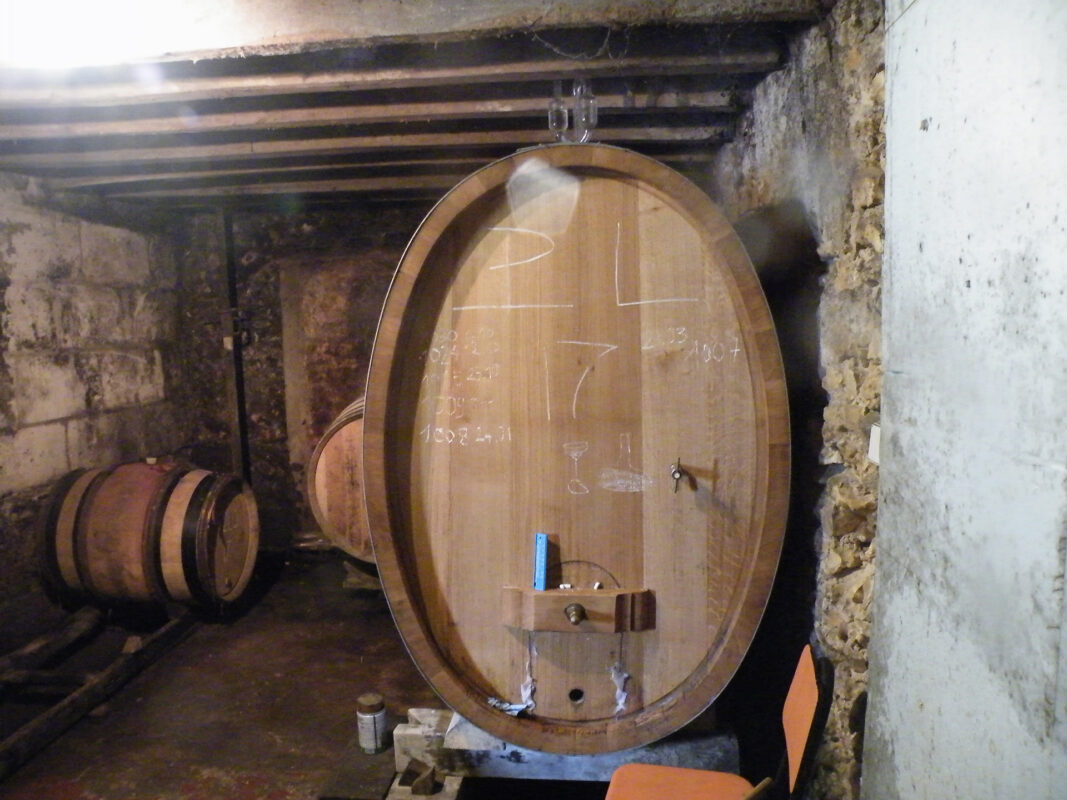
When it comes to the vinification of the whites, Paul Gilet has taken inspiration from Alsace and applied it to winemaking in the Loire. He lets his grapes macerate before pressing—at first in the harvest crates and then later in the vat before pressing—resulting in wines that are complex, rich, and distinctive for the region. A blind tasting of Silène (100% Sauvignon Blanc) would leave even the most experienced palate guessing, hesitating between the straightforwardness of Loir-et-Cher Sauvignons and the full body resulting from their Alsatian upbringing.
Taking the risk of making truly natural wines has had some unexpected benefits for the Gilets. Beyond procuring the pleasure of making wines that express their ethic when it comes to winemaking, the early vintages also had the added benefit of requiring a patience that would pay off later. The 2014 and 2016 harvest, most notably, took time to age in the bottle before the pair deemed them suitable for sale. The result was a significant stock of wine in the cellar that provided a cushion for the couple when frost hit the region and wine harvests took a two-year hit.
Despite the increasing environmental changes and continued risk of climate change and frost in the region, the Gilets continue to make wine in a truly natural sense. It’s a choice that comes easily to the couple who has spent their life mastering the art of accompanying a product as it reaches its full potential—from fermented cabbage, to a cut of Argentinian beef cooked just right, or an onion caramelizing in glowing embers on a winter day spent pruning in the vines.




